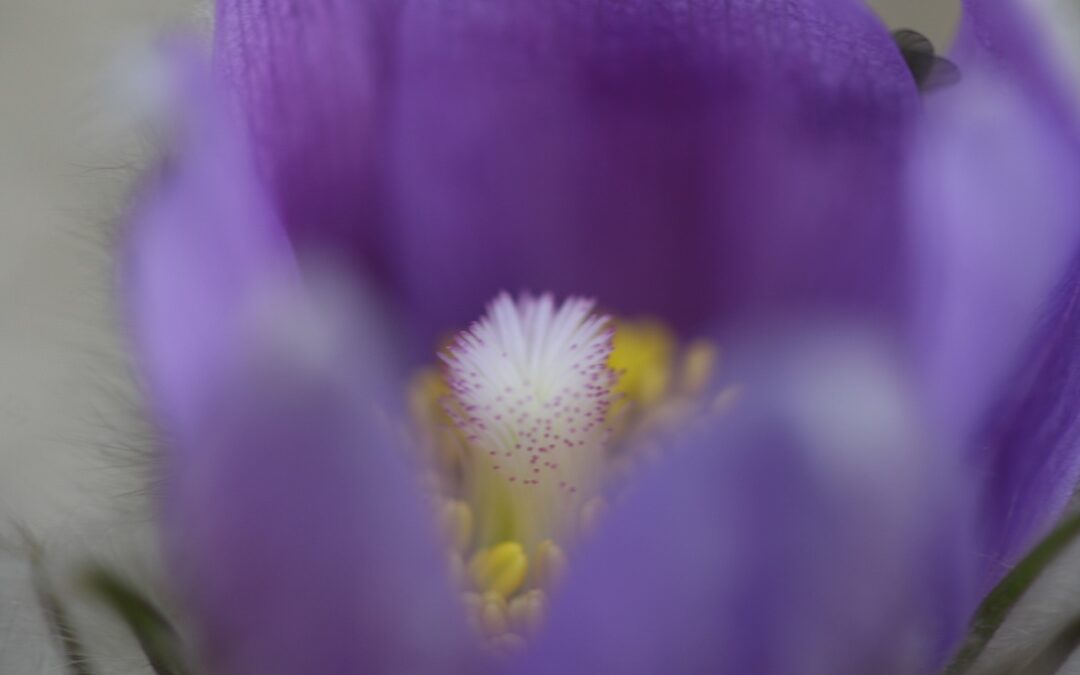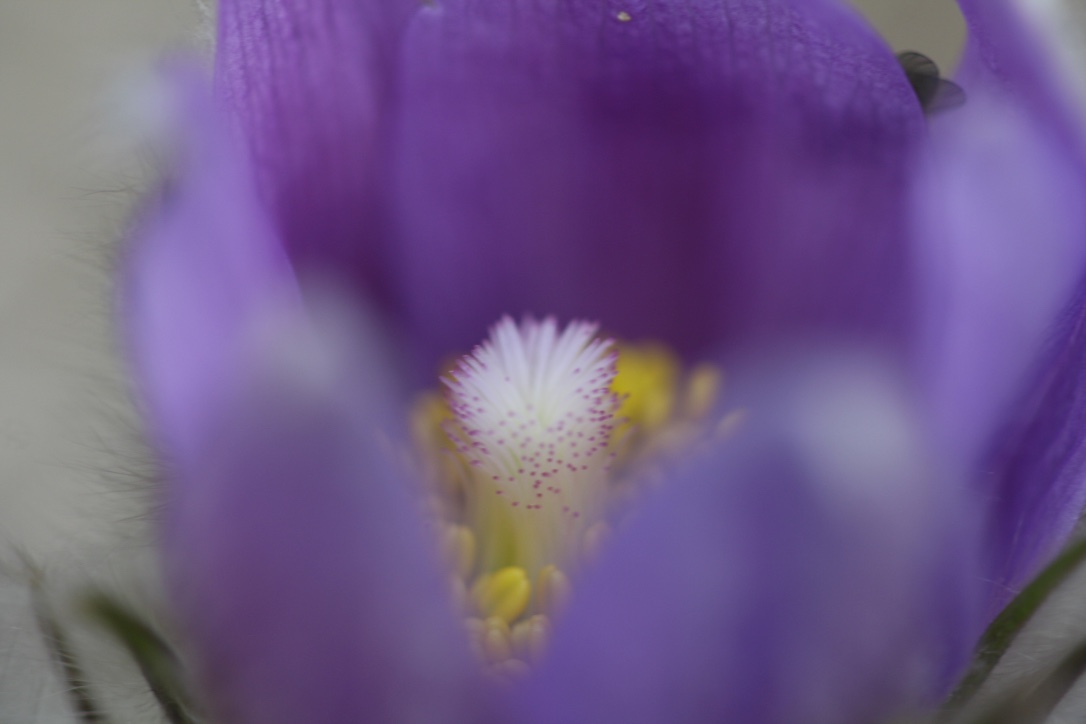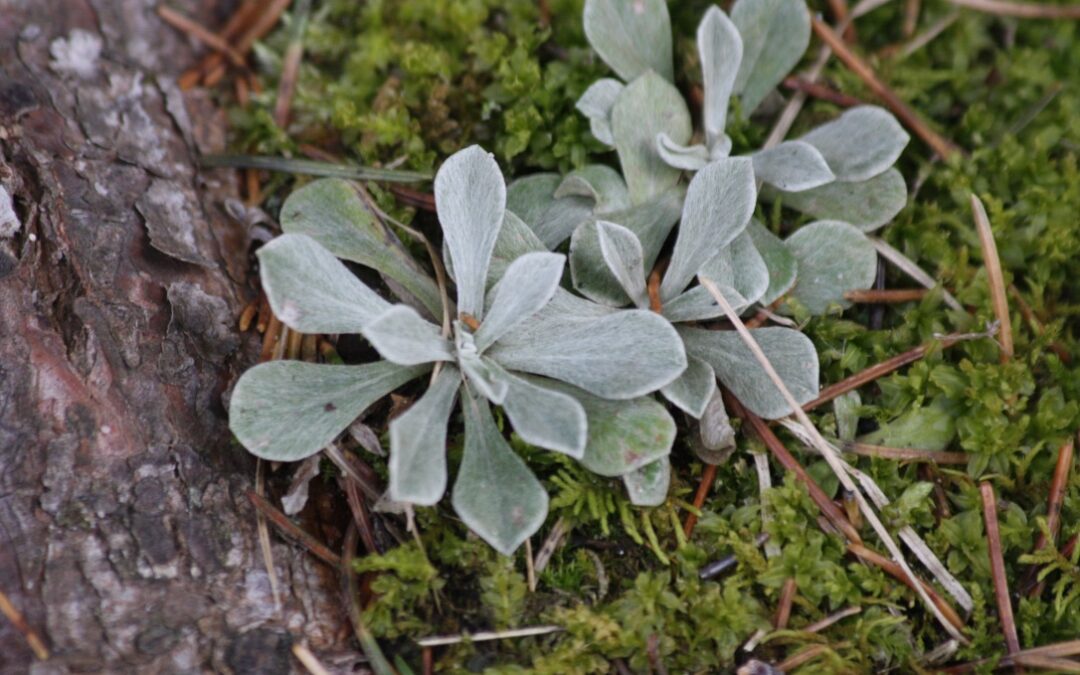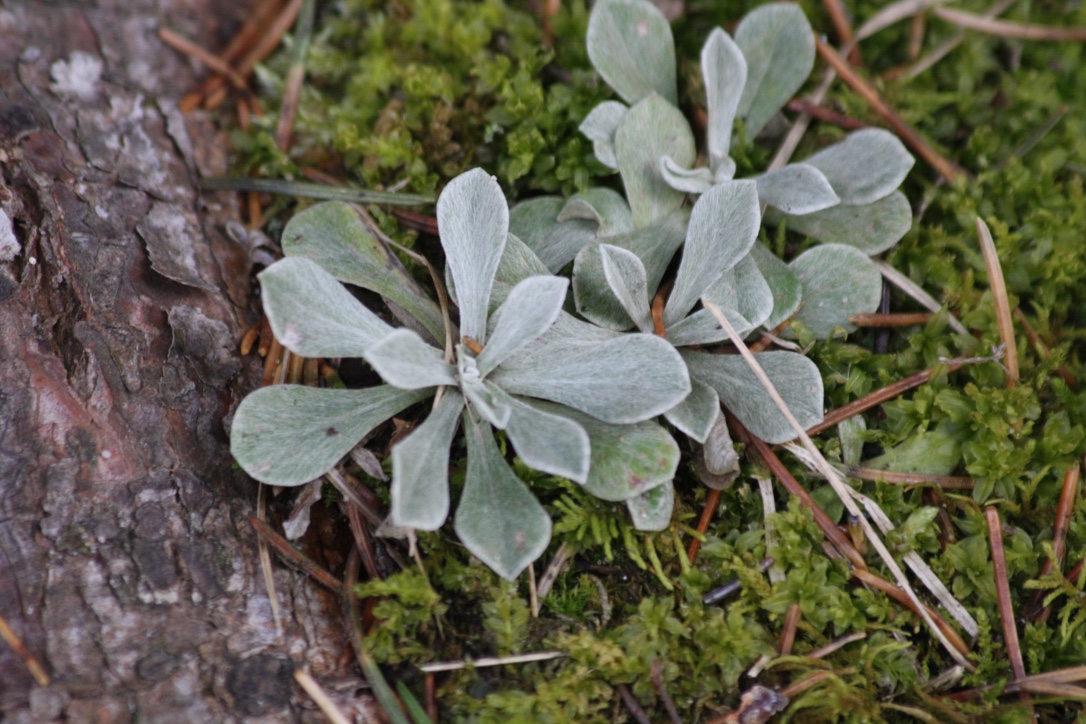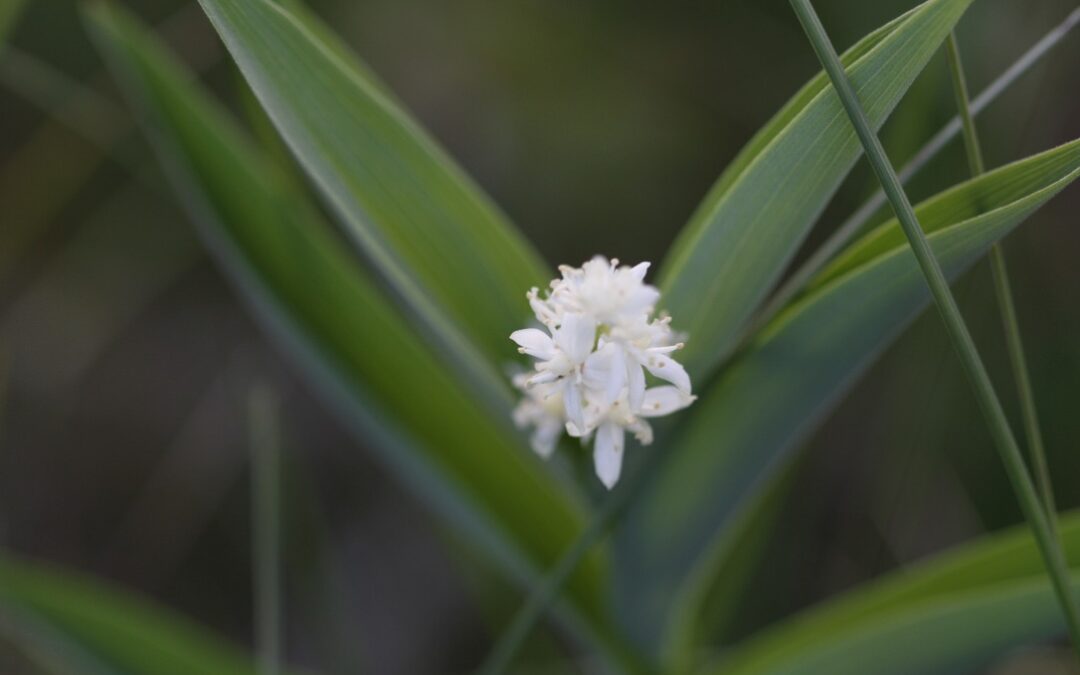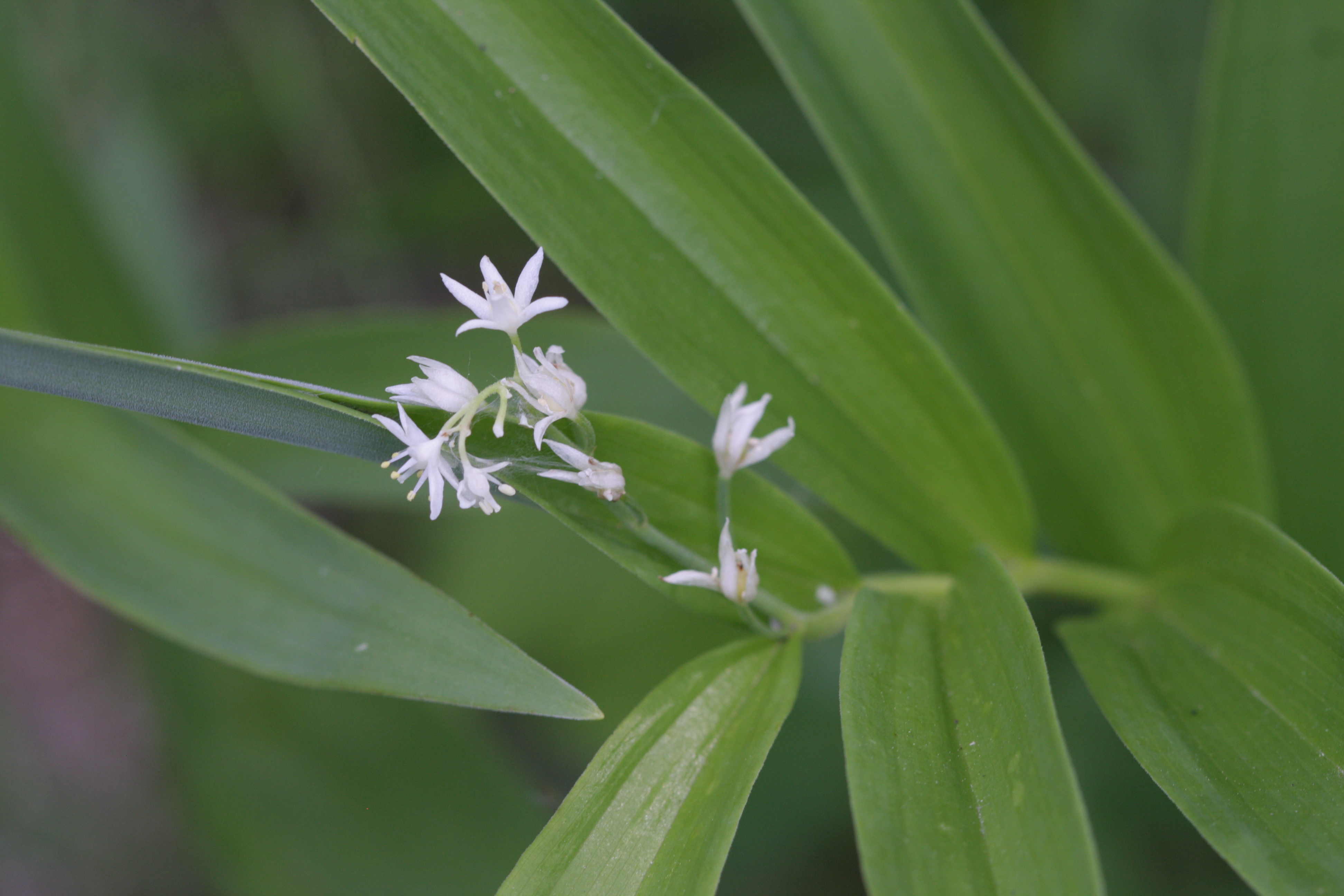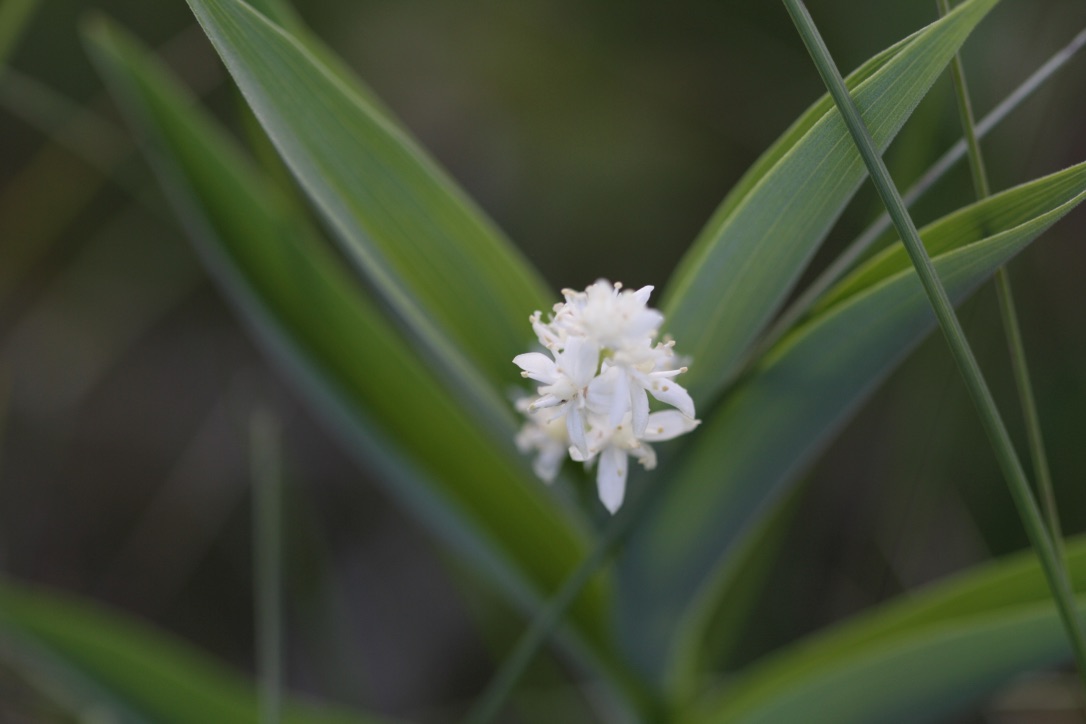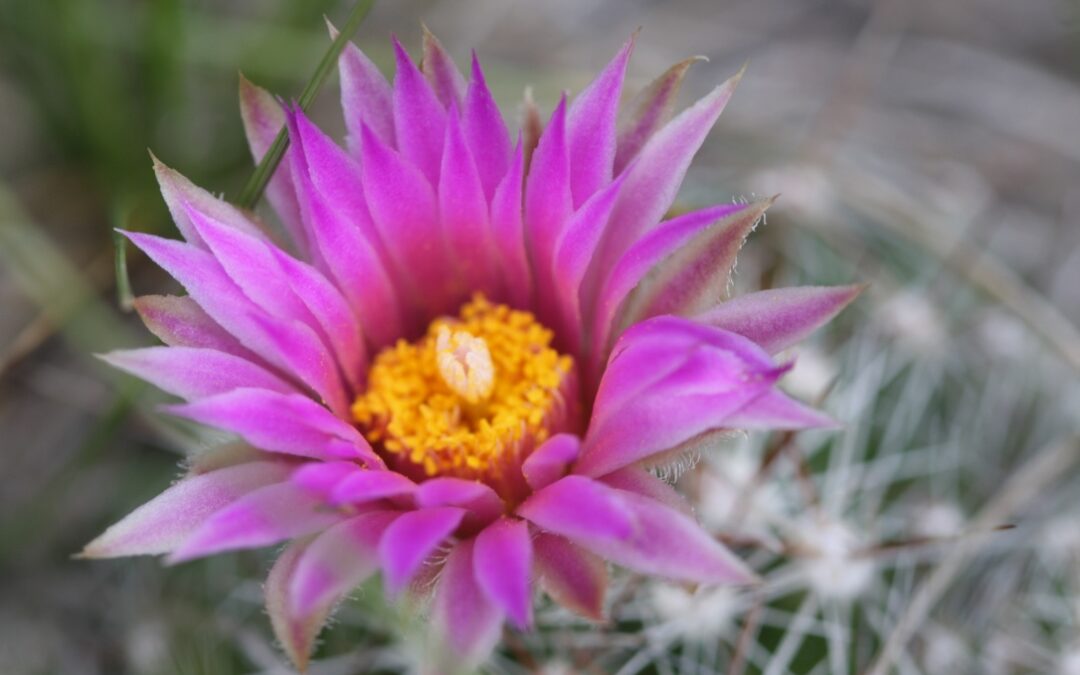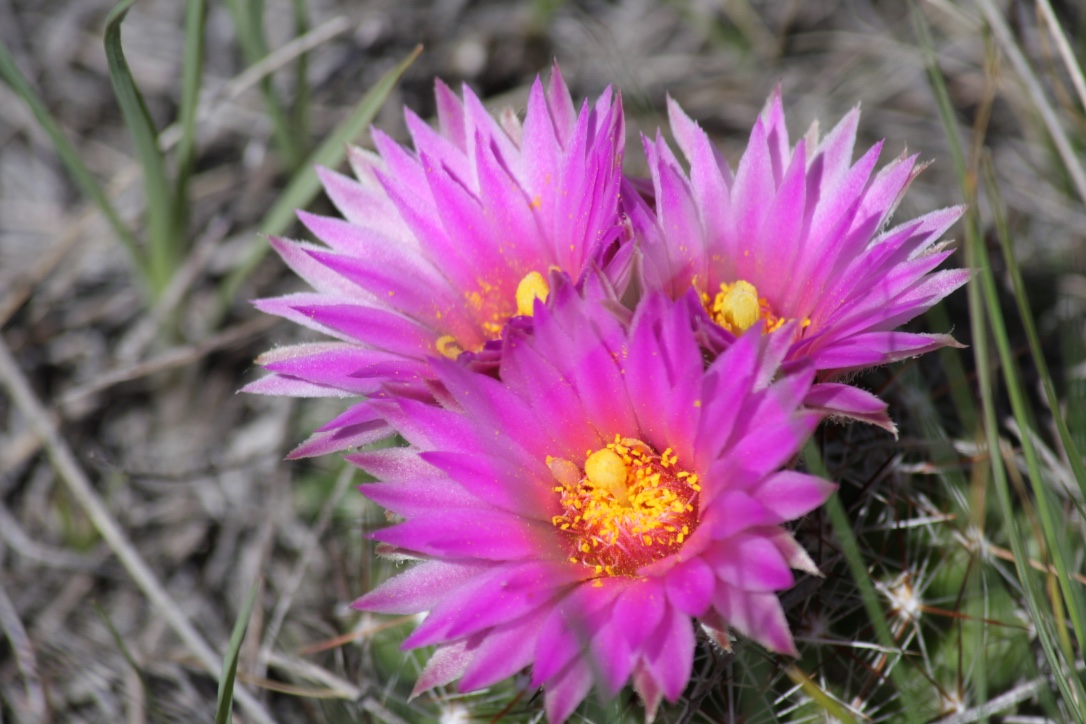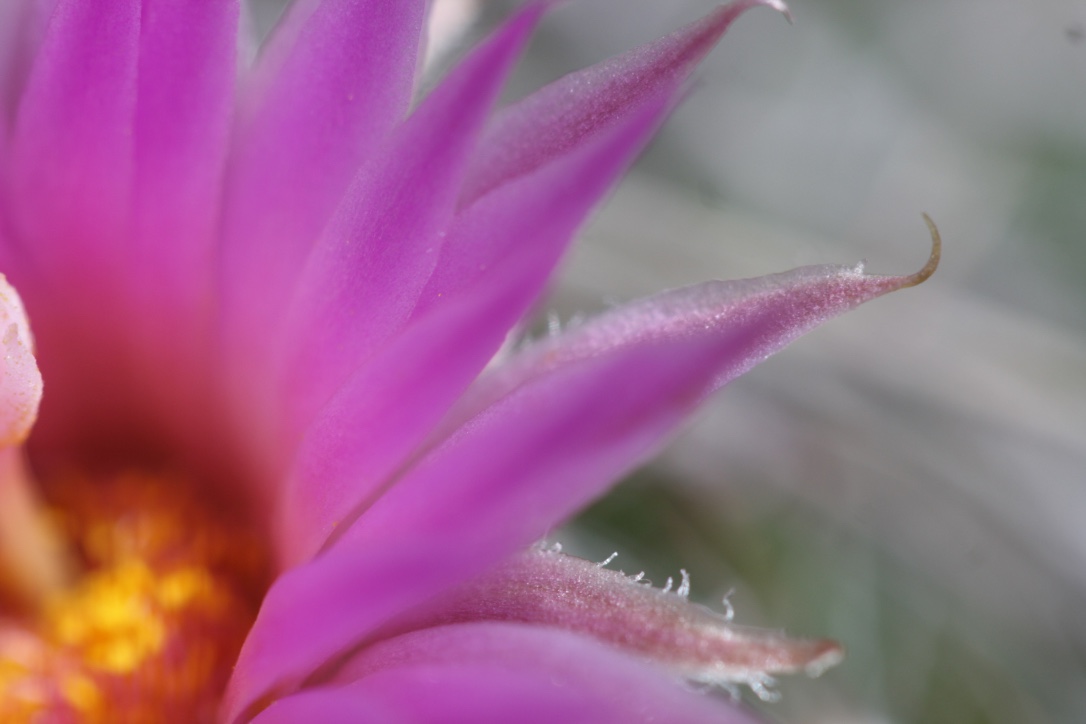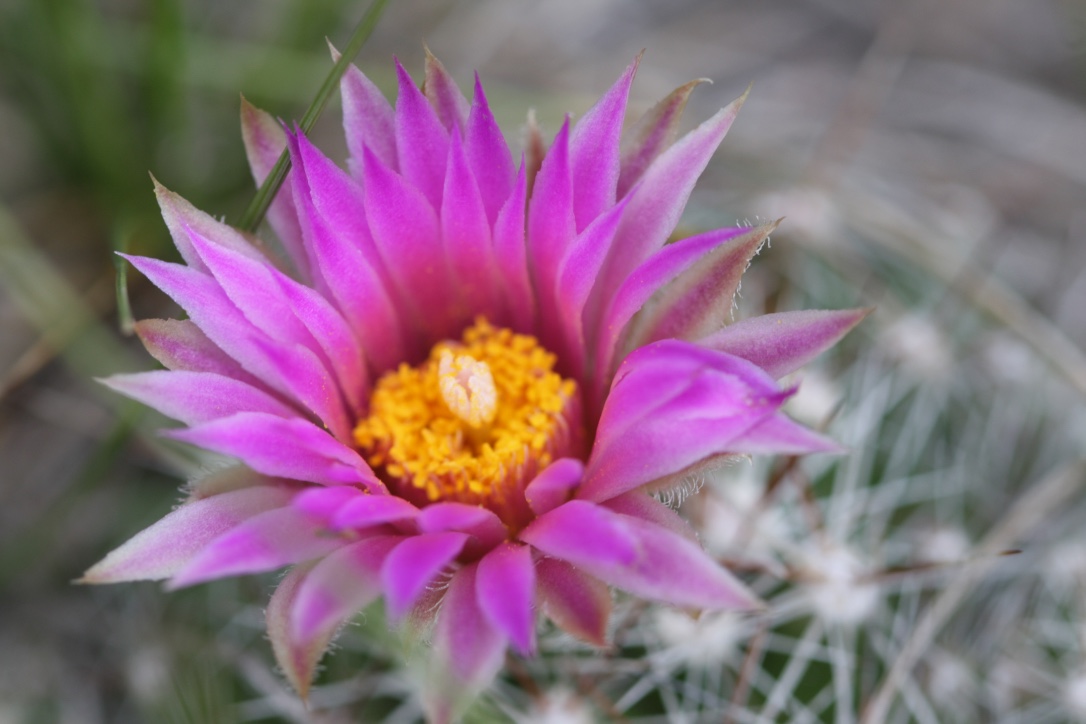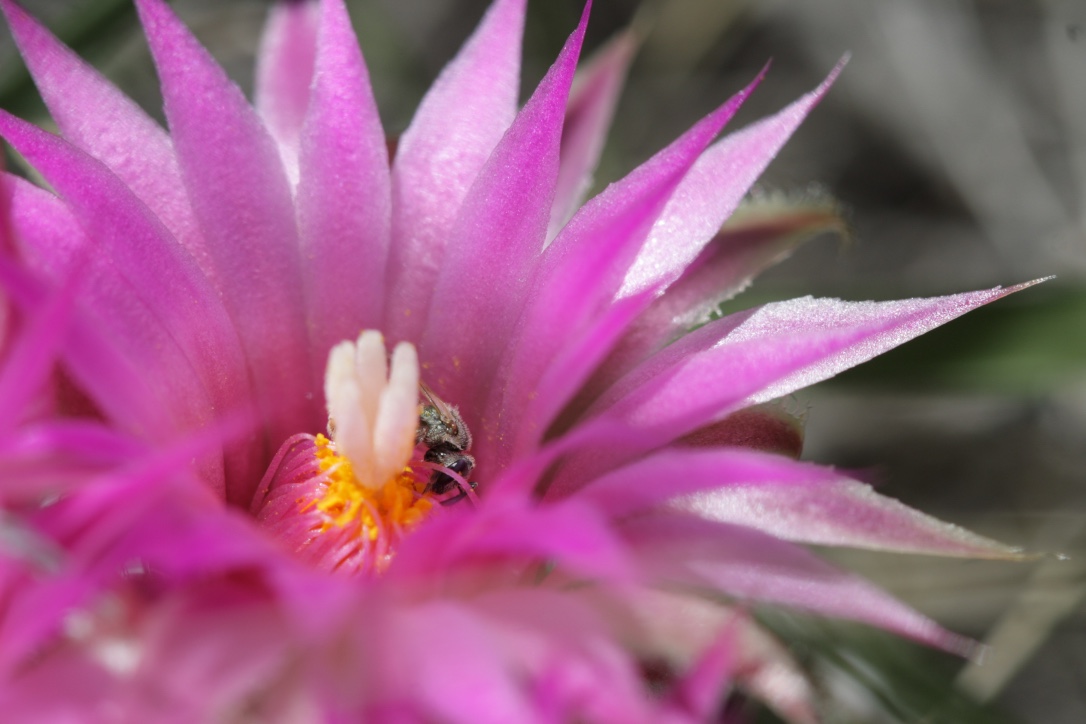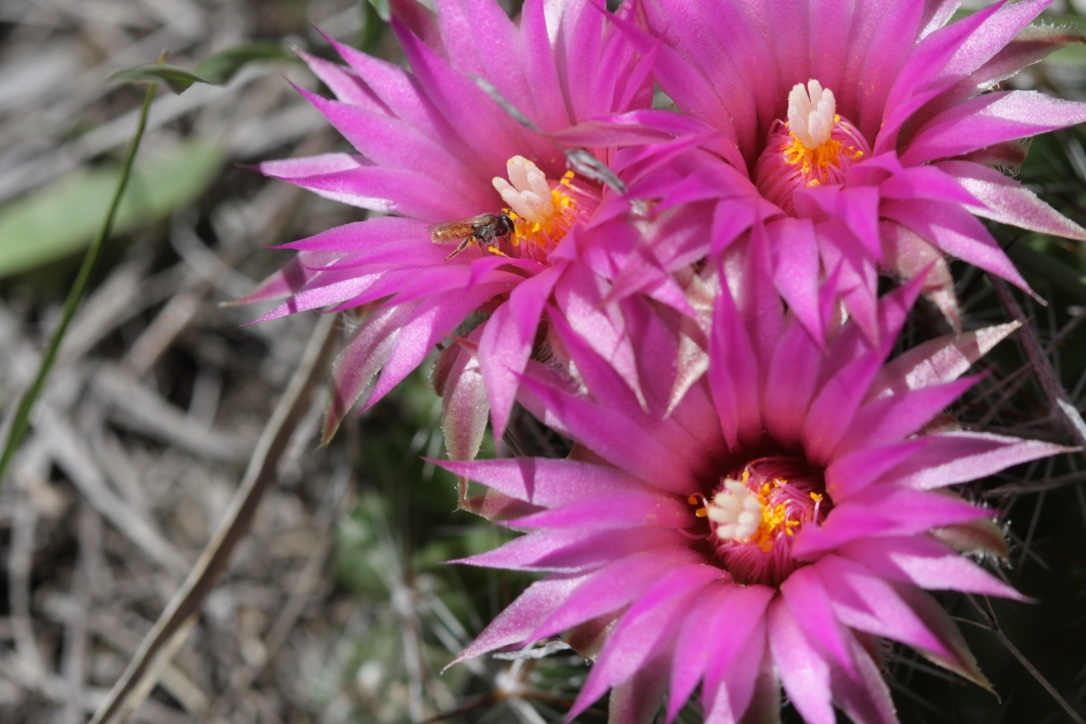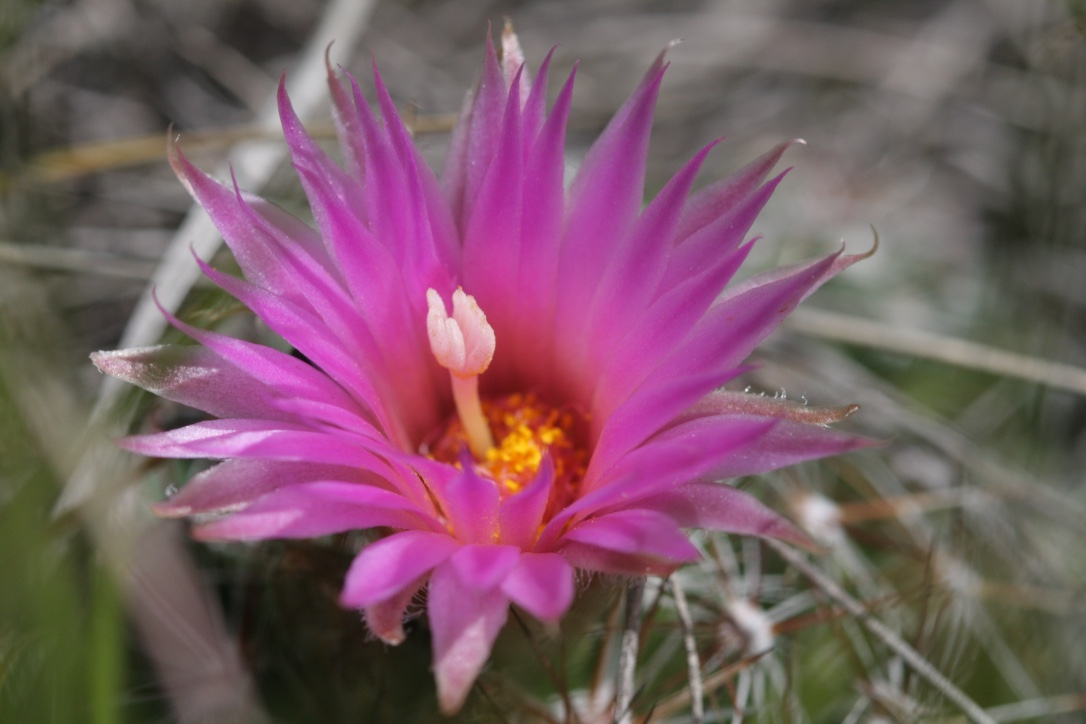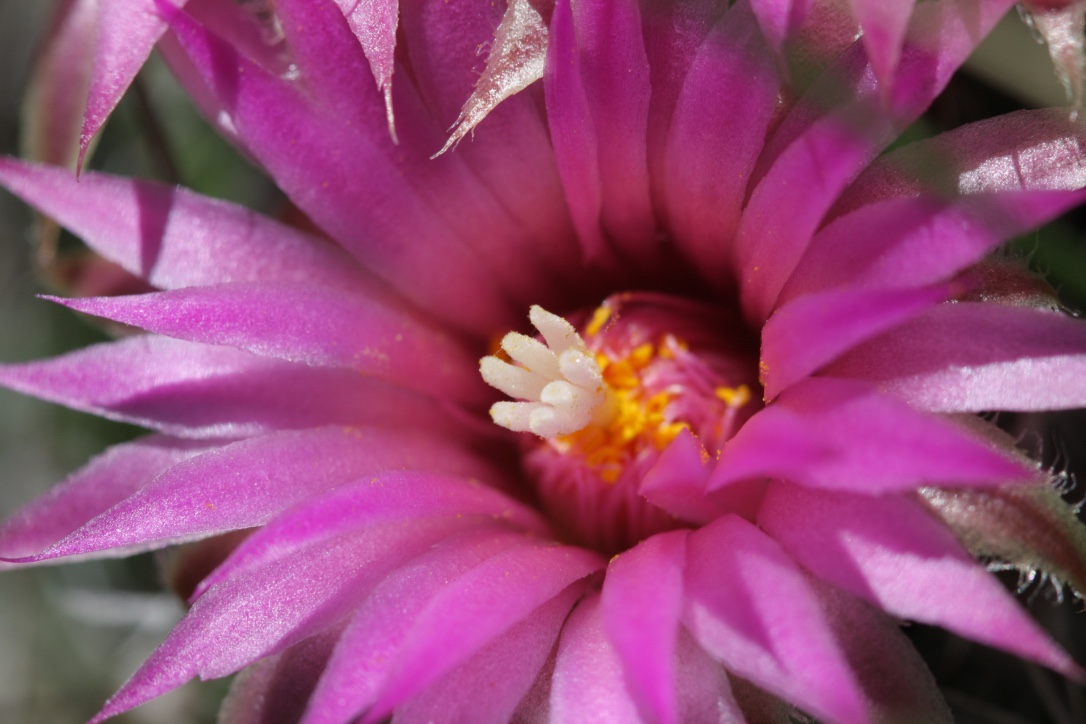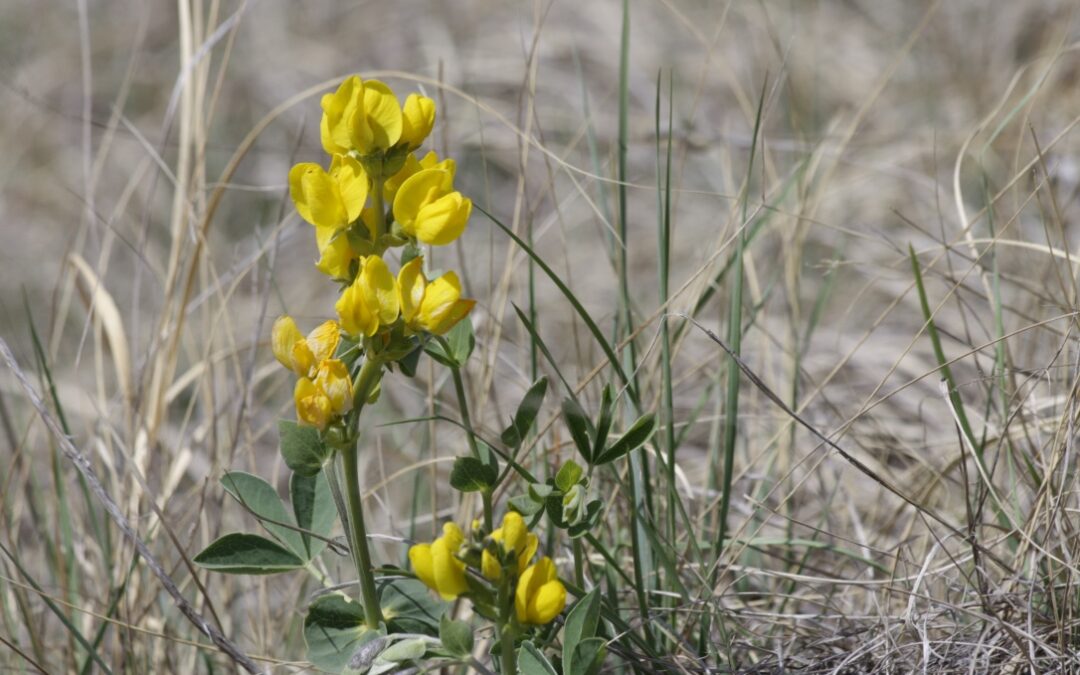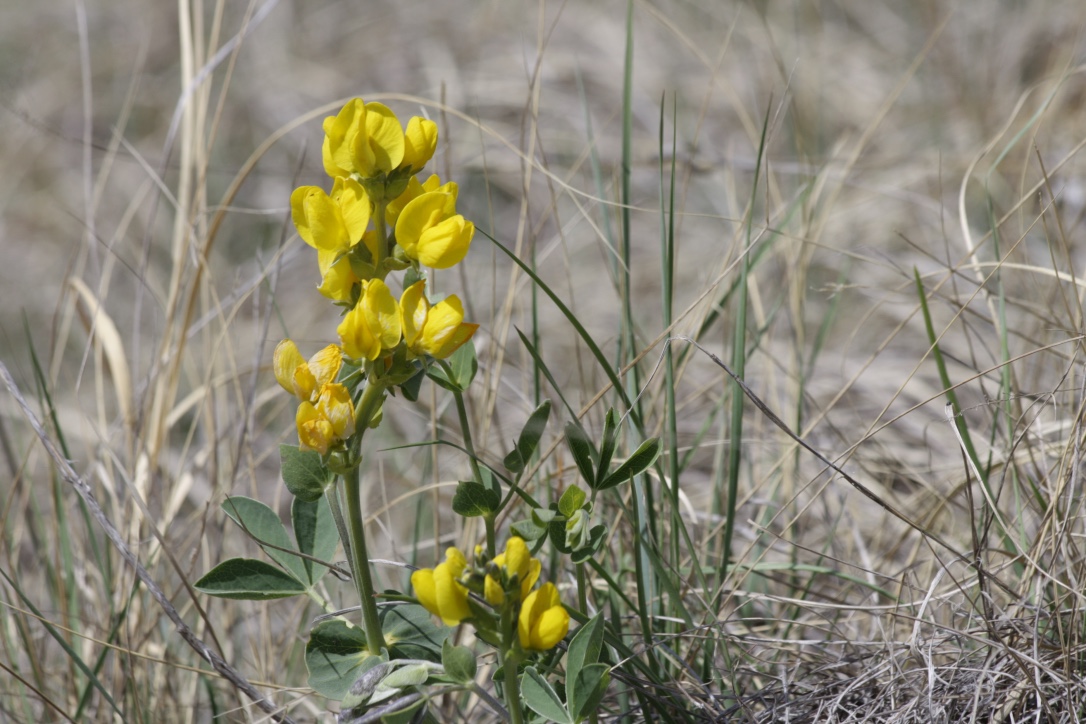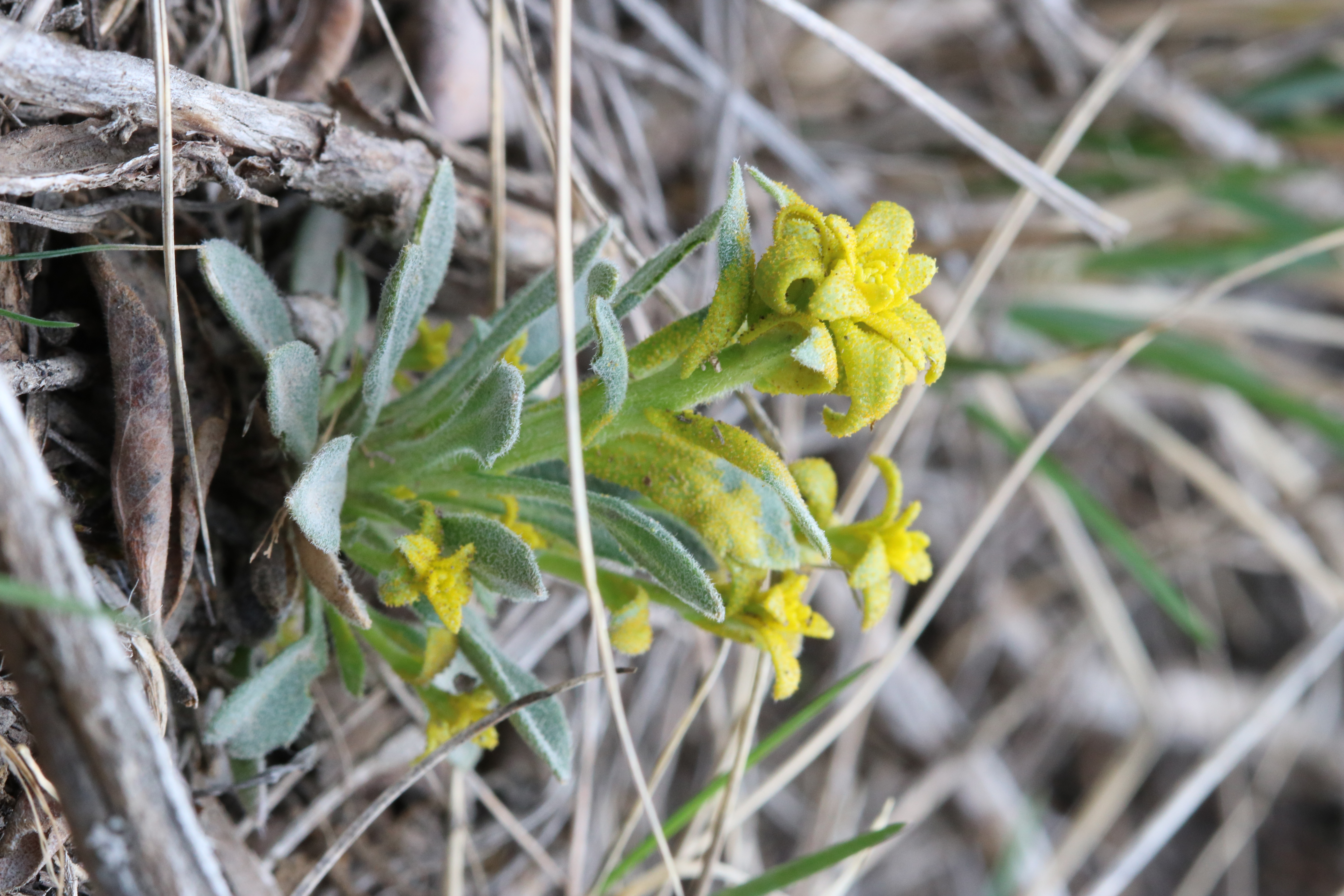
This Plant Has a Story to Tell

This is Drummond’s Rockcress, Boechera stricta (also known as Arabis drummondii). It certainly does look like someone spray-painted it with yellow spray paint, but that’s not actually what’s covering it.
This plant normally produces a set of small, pretty four-petalled flowers which transform into elongated seed-pods that stand quite erect, pointing to the sky. Unfortunately for this plant, this reproductive development will not happen.
In fact, this Boechera is infected with a parasitic rust fungus called Puccinia monoica. The tiny yellow dots on the leaves are basically “pseudo-flowers” which attract insects by the dozen; mainly because the spermagonia produce a pungent odour and exude a sugary substance that attracts pollinators to spread the fungal spores all over the place. The yellow colouration also makes the leaves look like buttercups blooming in the spring. This is called “floral mimicry.” The spermagonia covers the leaves top and bottom and can cover the entire top two-thirds of a plant in some cases.
This was taken at Midland Provincial Park near Drumheller, Alberta, Canada on April 14, 2019. I used my Canon Rebel T6i DSLR with a Canon EF 100 mm f/2.8 macro lens attached to capture this small beauty.

